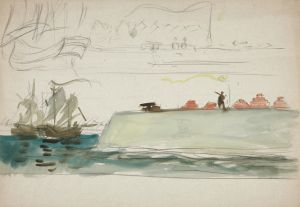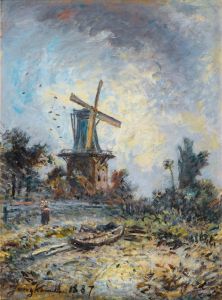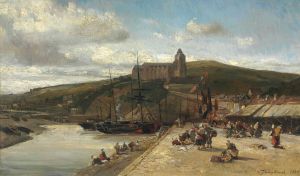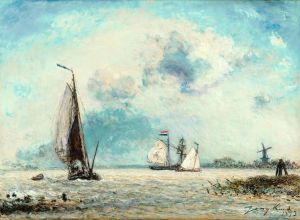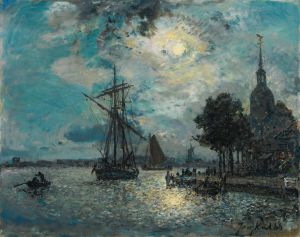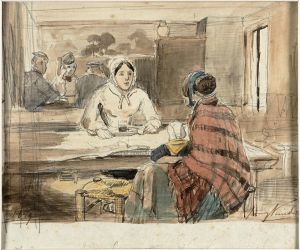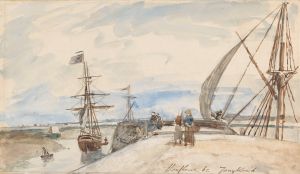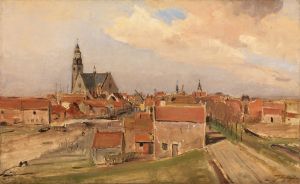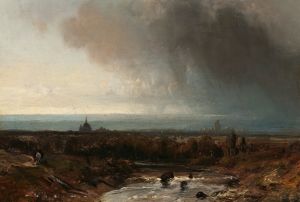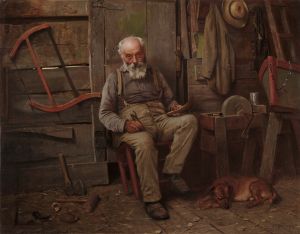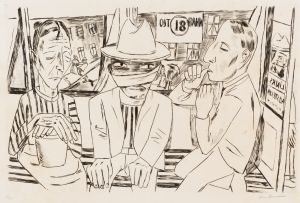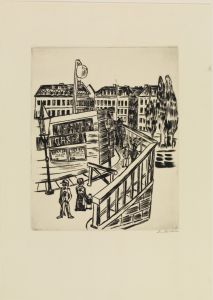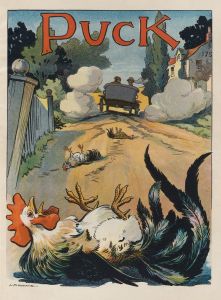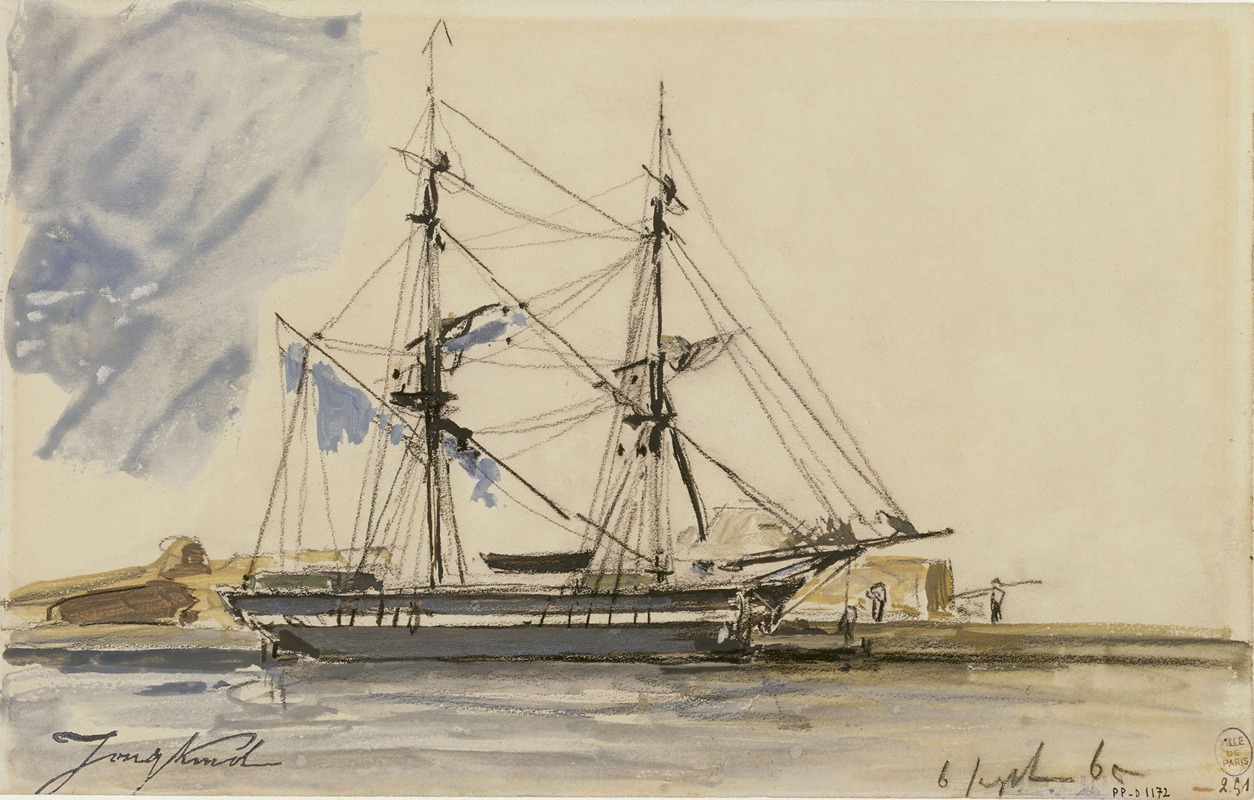
Bateau à voile accosté
A hand-painted replica of Johan Barthold Jongkind’s masterpiece Bateau à voile accosté, meticulously crafted by professional artists to capture the true essence of the original. Each piece is created with museum-quality canvas and rare mineral pigments, carefully painted by experienced artists with delicate brushstrokes and rich, layered colors to perfectly recreate the texture of the original artwork. Unlike machine-printed reproductions, this hand-painted version brings the painting to life, infused with the artist’s emotions and skill in every stroke. Whether for personal collection or home decoration, it instantly elevates the artistic atmosphere of any space.
"Bateau à voile accosté" (Sailing Boat Moored) is a painting by the Dutch-French artist Johan Barthold Jongkind. Jongkind, born on June 3, 1819, in Lattrop, Netherlands, is renowned for his contributions to the development of Impressionism, despite being primarily associated with the Realist movement. His works are celebrated for their innovative use of light and atmosphere, which significantly influenced many Impressionist painters, including Claude Monet.
Jongkind moved to Paris in 1846, where he studied under the prominent landscape and marine painter Eugène Isabey. His early works were well-received, and he exhibited at the Salon, the official art exhibition of the Académie des Beaux-Arts in Paris. However, Jongkind struggled with financial difficulties and bouts of depression throughout his life, which affected his career.
"Bateau à voile accosté" is a fine example of Jongkind's ability to capture the serene and transient qualities of water and sky. The painting depicts a sailing boat moored along a calm body of water, likely a river or canal, reflecting Jongkind's fascination with maritime subjects. The composition is characterized by its meticulous attention to detail and the delicate interplay of light and shadow, which imbues the scene with a sense of tranquility and realism.
Jongkind's technique involved the use of loose brushstrokes and a light palette, which allowed him to convey the fleeting effects of light on water. This approach was a precursor to the Impressionist style, and his works often featured elements that would later become hallmarks of the movement, such as the emphasis on natural light and the depiction of everyday scenes.
Throughout his career, Jongkind traveled extensively, painting scenes from various locations in France and the Netherlands. His works from these travels often depict harbors, rivers, and coastal landscapes, reflecting his deep connection to the sea and his keen observational skills. "Bateau à voile accosté" is likely one of the many pieces created during these travels, showcasing his ability to capture the essence of a specific moment in time.
Jongkind's influence on the Impressionist movement cannot be overstated. His innovative use of light and color, as well as his focus on capturing the transient effects of nature, paved the way for future artists. Claude Monet, in particular, credited Jongkind with teaching him how to observe and paint light, which became a central theme in Monet's work.
Despite his struggles, Jongkind's legacy endures through his contributions to the art world. His works are held in high regard and can be found in major museums and collections worldwide, including the Musée d'Orsay in Paris and the Rijksmuseum in Amsterdam. "Bateau à voile accosté" remains a testament to Jongkind's skill and his pivotal role in the evolution of modern art.





